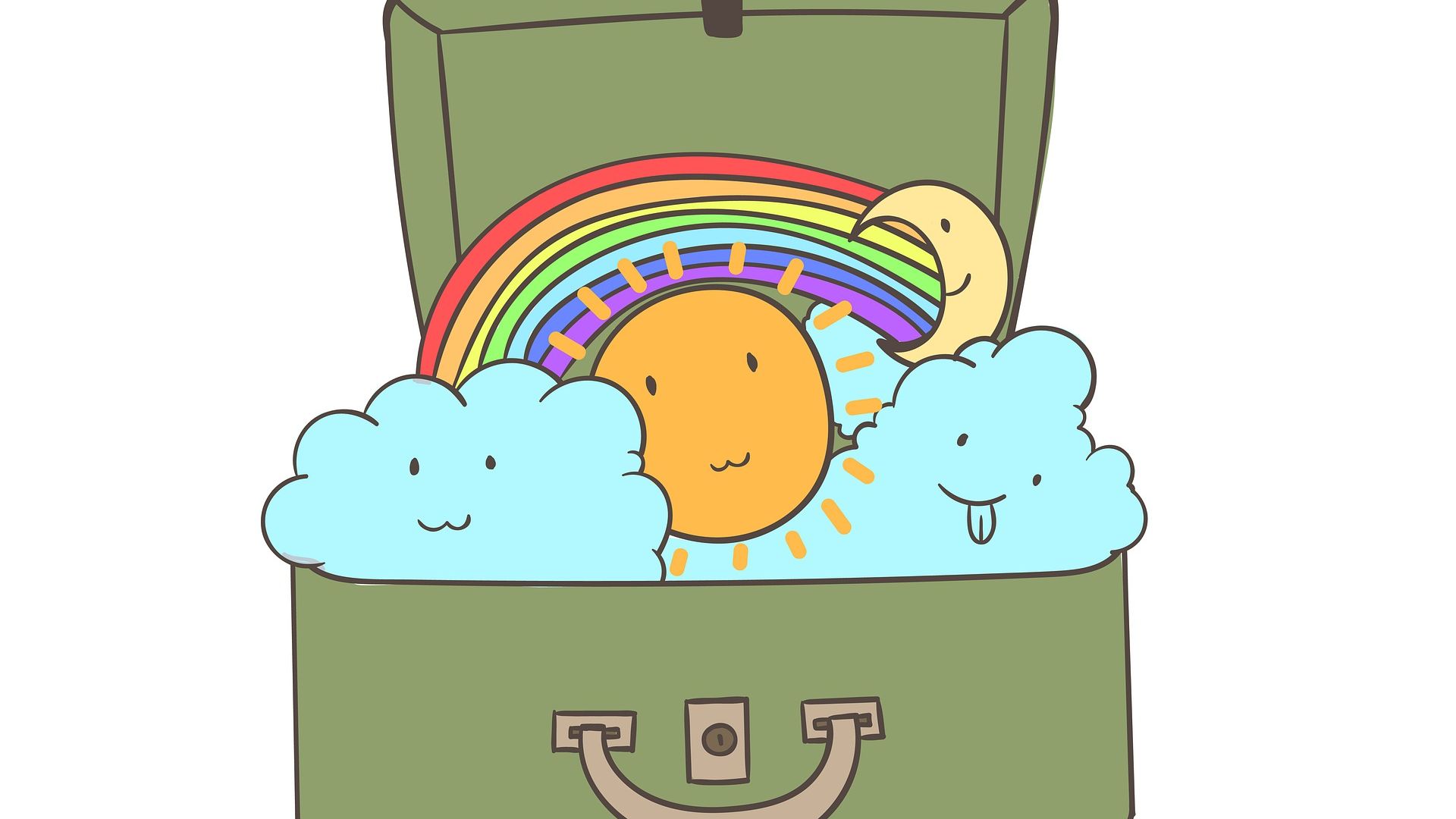Portable habits

My number one tip, when people ask about habit change, is your physical environment. Set it up to make it easy to do the right thing and hard to do the wrong thing.
But there’s a problem with relying on your environment. What if it changes?
The perils of contextual cues
I was travelling recently but completely forgot to take my vitamins in the morning. Why? The context had changed.
The behaviour of taking my vitamins is tied to my breakfast routine at home, and it turns out that doesn’t help me when I’m on the road.
Added to that, when we are in unfamiliar environments we are processing more information than usual. This increases the odds that things will fall between the cracks.
What to do instead
While I still believe your environment is the most important thing to get right, here are two tips for making behaviours portable.
Layering
It is best to layer your new behaviour on top of another that is not contextually cued. Like flossing. The habit of brushing your teeth is usually so ingrained that wherever you are, you'll be reminded to floss.
Our aim is to make the absence of the new behaviour noticeable – we want something to feel ‘off’ if we don’t do it.
For me, that means instead of my vitamins being cued by seeing them in the pantry, I’m better to embed them in the sequence of how I make my breakfast. After I’ve sprinkled cinnamon on my porridge, I take my vitamins.
To help identify cueing behaviours upon which you can layer, here’s something author James Clear suggested years ago. In two columns, write down 1. things you do everyday and 2. things that happen to you everyday.
If you are looking to take this behaviour with you wherever you go, or it’s something you want to do every day, make sure you identify cues that are not tied to a fixed environment or day.
Things you do everyday might include: Get out of bed, brush teeth, eat breakfast, get dressed, unlock phone, have a hot drink.
Things that happen to you might include: sun rise, sun set, traffic lights change, kettle boils, microwave beeps.
Once you’ve identified the cueing behaviour or event, focus on adding your new behaviour immediately after it. For example, when you sit down to enjoy your hot beverage, whether that’s at home or on the road, you’ll blow on it three times, encouraging your deep breathing, relaxation habit.
Make it obvious
Creating an obvious physical cue is a great way to establish a habit. To create my vitamin habit at home, for example, I made sure that as soon as I opened the pantry they would be in my line of sight. I also placed the cinnamon on top of the vitamins so It would be prompted to grab both.
Likewise, to establish my flossing habit I placed the floss in plain sight next to my toothbrush, rather than tucked away in a drawer.
Making something obvious is clearly helpful. The problem comes when you are no longer in that environment. That means, when you are in your new environment you will need to consciously make the desired behaviour obvious in that setting.
So obvious, in fact, that you will literally or metaphorically trip over it.
If you are staying in a hotel, for example, put your vitamin container on the floor near the door. That means you can’t exit the room in the morning without being reminded to take them.
The key here is to add friction into your day. Making something obvious means there’s less risk of being oblivious!
https://pixabay.com/illustrations/luggage-clouds-rainbow-sun-moon-6255515/
You might also find interesting:
- A new way to think about habits (vlog)
- My free habits inventory to work out where you should focus your efforts
- My book The How of Habits

